Inbox and Environment News: Issue 433
December 15, 2019 - January 19, 2020: Issue 433
School Strike 4 Climate At Narrabeen: December 13, 2019
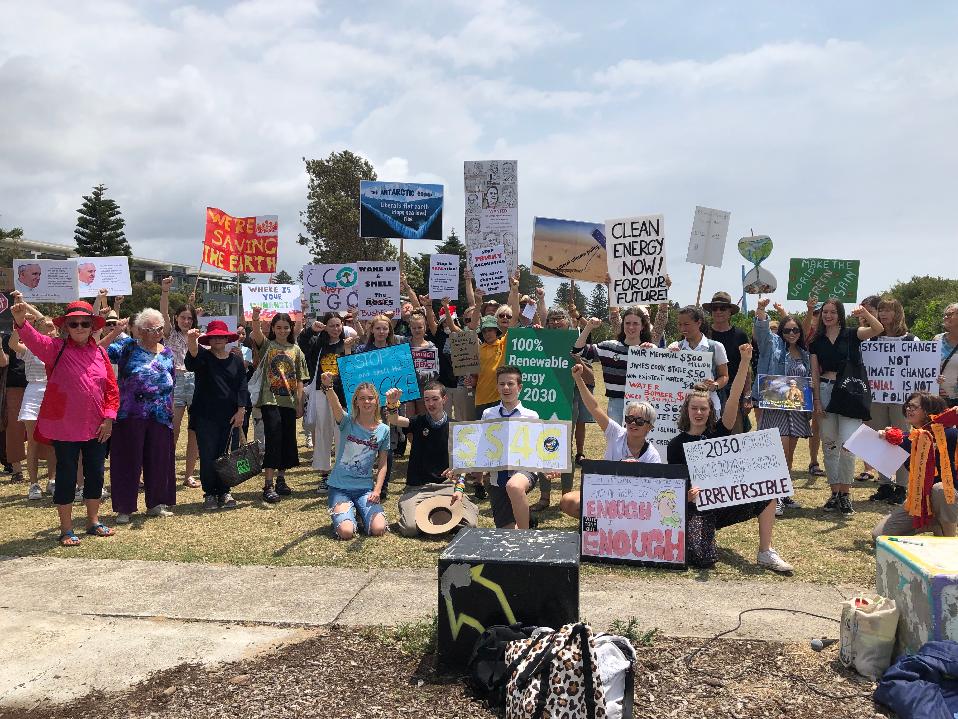
Pittwater residents who work in the CBD were called on to evacuate via smoke alarms going off in their buildings on Tuesday this week. The alarms, triggered by the thick haze of smoke from bushfires choking the city and not moving all day, added a surreal aspect to what has already been months of not being able to see the sky and a permanently red tinge to the sun. Some refused to leave their offices, stating the air outside was too thick with ash and smoke, citing months of already suffering from health problems triggered by the constant and incessant smoke.
They wondered how all the volunteer firies were coping and what irreversible respiratory problems they would be suffering from by now.
More than 7000 bushfires have raged across New South Wales since July, months before the official start of bushfire season, in what firefighters have described as the "most challenging bushfire season ever”. Scientists say the size, of over two million hectares, and severity of this year’s blazes are “unprecedented”.
Wildlife Carers state thousands of koalas, kangaroos, possums, bats, birds and other native animals have died as a result of the fires. The the ash falling over Sydney and Pittwater is actually composed of their cremation along with millions of trees and hundreds of peoples homes. The ongoing dust storms from inland areas and that ash has settled over everything.
In the months leading into the fires these animals were already dehydrated and half starved due to prolonged drought conditions affecting their food trees and making nail hard the dirt they once cropped grass from or dug for worms. Coupled with the ongoing destruction of their habitats through land clearing, and bearing in mind a new report this week from the International Union for Conservation of Nature states that of our iconic keystone gum trees almost 25% of those 826 eucalypts species are threatened with extinction, the animal populations they support are now, also, on the brink of extinction.
Pittwater's first bushfire for the season was in Winter, commencing on August 18, at Longnose Point in the Ku-Ring-Gai Chase National Park. By August 20 they were still trying to put this fire out, with a number of RFS volunteer Brigades supported by National Parks staff and water bombing helicopters working to extinguish the fire.
Since then Pittwater Online has run weekly updates of the horrifying and frightening conditions all our local NSW RFS volunteer Brigades have sped to assist with, being deployed up and down the coast of New South Wales for days at a time.
As we go to press for the final Issue of the year one volunteer firefighter has published an open letter to the Prime Minister on the Facebook social media platform that has been shared over 5000 times:
Dear Prime Minister,
I am writing to you as a member of the Far South Coast of NSW community, and as a bush firefighter with our local RFS Brigade.
You need to listen to me.
I swore that if I heard the word, "unprecedented" one more time I would write to you. I heard it again tonight in comments by experts over the mega-fire around Sydney. So, here's your letter.
There is one more thing that is 'unprecedented'. It's your Government's complete INACTION over the current bushfire emergency in Australia. And please don't tell me about the pathetic response so far with more thoughts and prayers from Hillsong. This is a NATIONAL EMERGENCY not a minor weather event.
We are not frantically impressed with these platitudes down here. When I see my colleagues from my brigade jump into a plane or a bus to take them up north in a strike team to go into battle against an unprecedented enemy of catastrophic proportions, I wonder if we might ever see them again. And they are my friends and wonderful people.
When my RFS pager goes off in the middle of a hot, blustery severe fire danger day and I have to rush off to a bushfire, and as I am sitting in the truck proceeding under sirens and lights to the fire, I wonder if this might be my last day too.
We don't have time for you to sit on your hands and wish us platitudes and cricket news.
Here's what we need you to do:
- Treat the situation as if it was a WAR being waged on Australia by an unpredictable enemy with considerable weaponry, capable of jumping front lines easily and attacking from several fronts simultaneously, with devastating results. It takes no prisoners.
- Treat each event as a BATTLE and a part of the WAR.
- Appoint a WAR cabinet with special powers to mobilise the country, the armed services and whatever resources are required to fight the battles to win the WAR.
- The WAR is CLIMATE CHANGE, and the battles are fires, drought, intense weather events such as tropical cyclones and other climate-related phenomenon in the new normal of the climate-changed world.
- The WAR is the long game - and will be fought over several decades into the future, so there needs to be planning and task forces and armies and technology and considerable ingenuity.
- Support your people - the people of Australia: tell them the Government cares and is actually mobilising and doing something about it.
- Do it, and let's worry about the platitudes some other day.
Yours sincerely
Chris Nicholls,
Merimbula, NSW
On Wednesday thousands rallied in Sydney to demand urgent climate action from Australia's government. The 'snap strike', (NSW is Burning, Sydney is Choking - Climate Emergency Rally!) saw people crowd Town Hall, with one police officer at the scene estimating the number of protesters may have exceeded 7,500. Pittwater residents were among them.
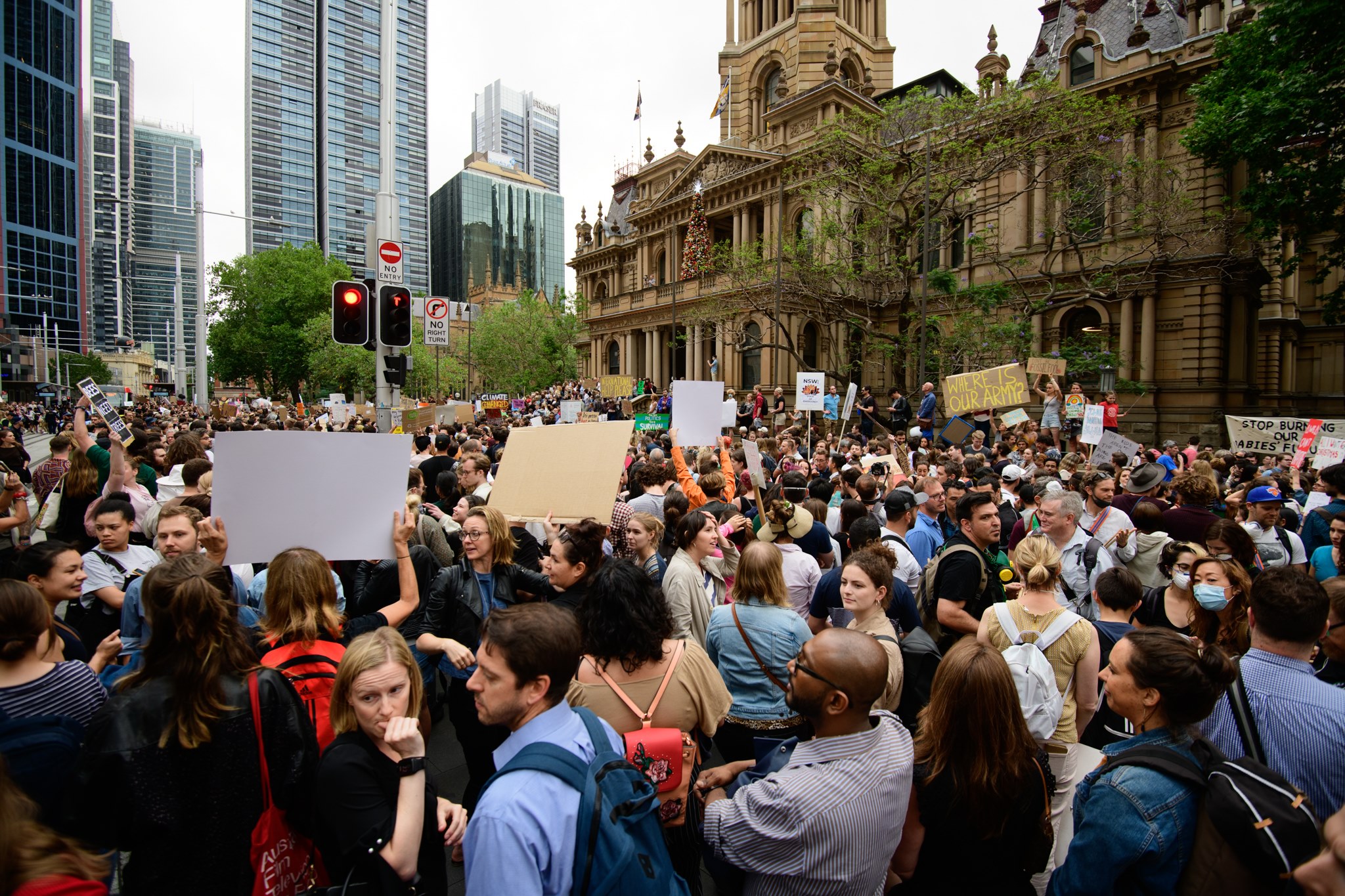
NSW is Burning, Sydney is Choking - Climate Emergency Rally!, December 11, 2019 - Photo credit: Little Raven Photography
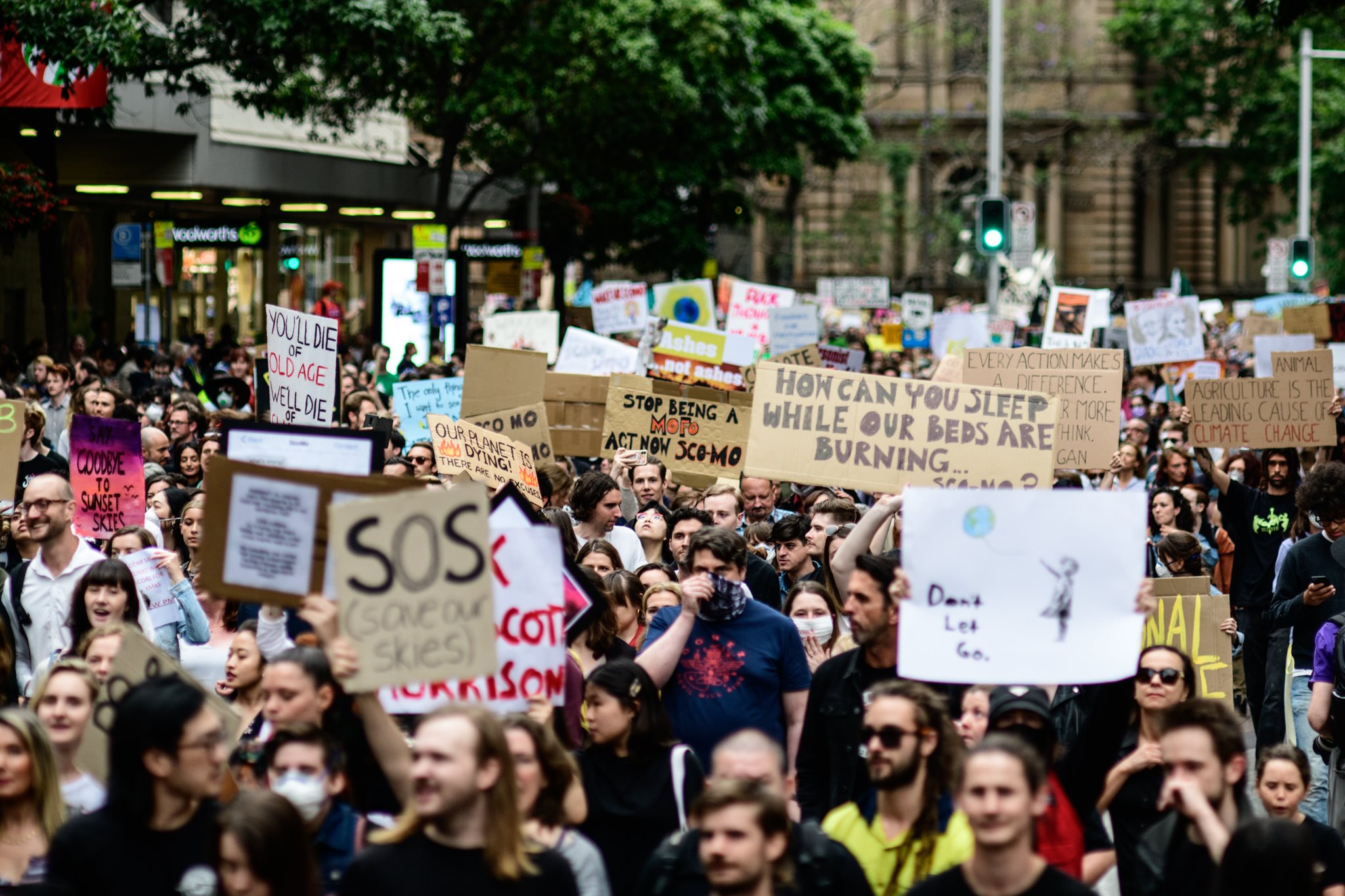
NSW is Burning, Sydney is Choking - Climate Emergency Rally!, December 11, 2019 - Photo credit: Little Raven Photography
On Friday December 13, 2019 the School Strike for Climate Change brought another of numerous protests that have taken place on the peninsula during this year to the office of our Federal MP.
This is what the Students had to say about climate change and Mackellar MP, Jason Falinski, at their rally outside his office on Friday: Full report HERE
Top: SS4CC at Narrabeen on Friday, December 13, 2019.
Hot Days Forecast: Please Keep Your Bird Baths Topped Up Or Put Out Shallow Dishes Of Water In The Shade For Local Fauna
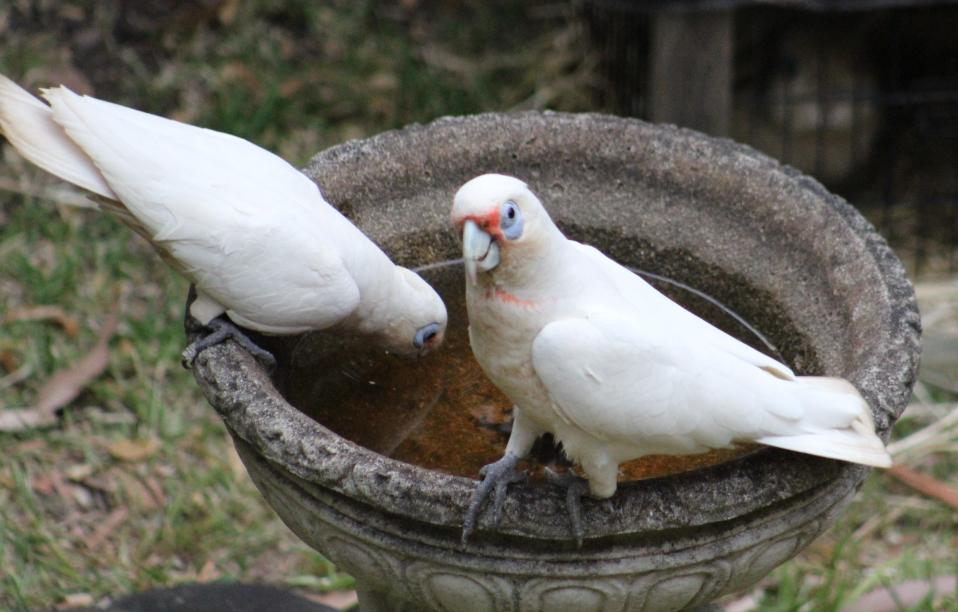
South West Lovett Bay Residents Form A Coastcare Group


Hawksbill Sea Turtle At Manly Dies With Stomach Full Of Plastic And Fishing Lines
Narrabeen Beach & Lagoon Clean Up 2020
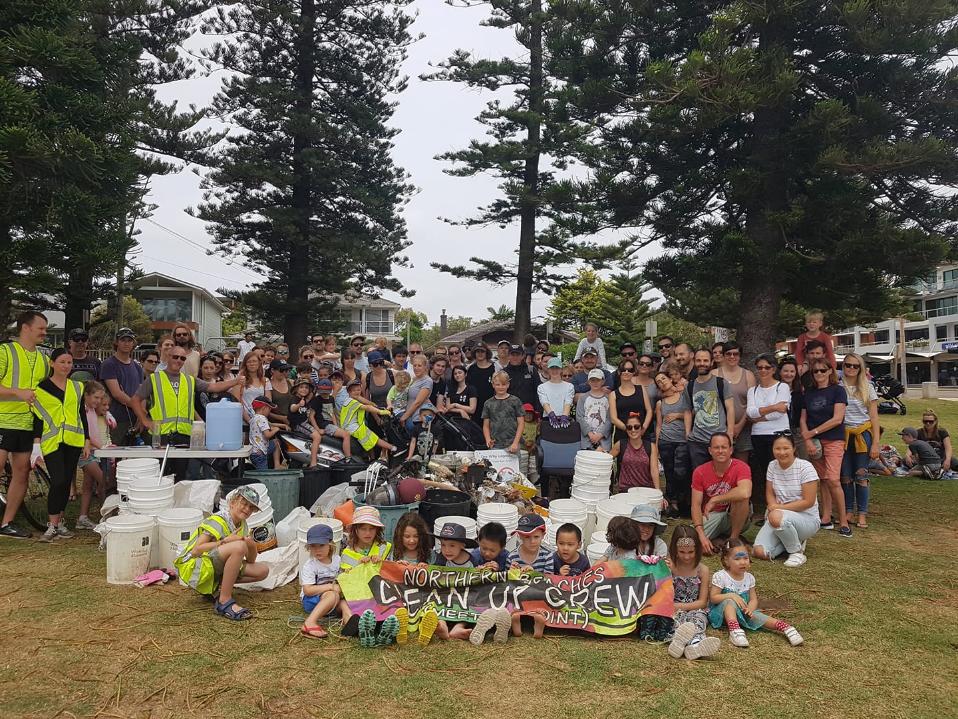
More Smoke Obscured Hills And Red Sun Water This Week
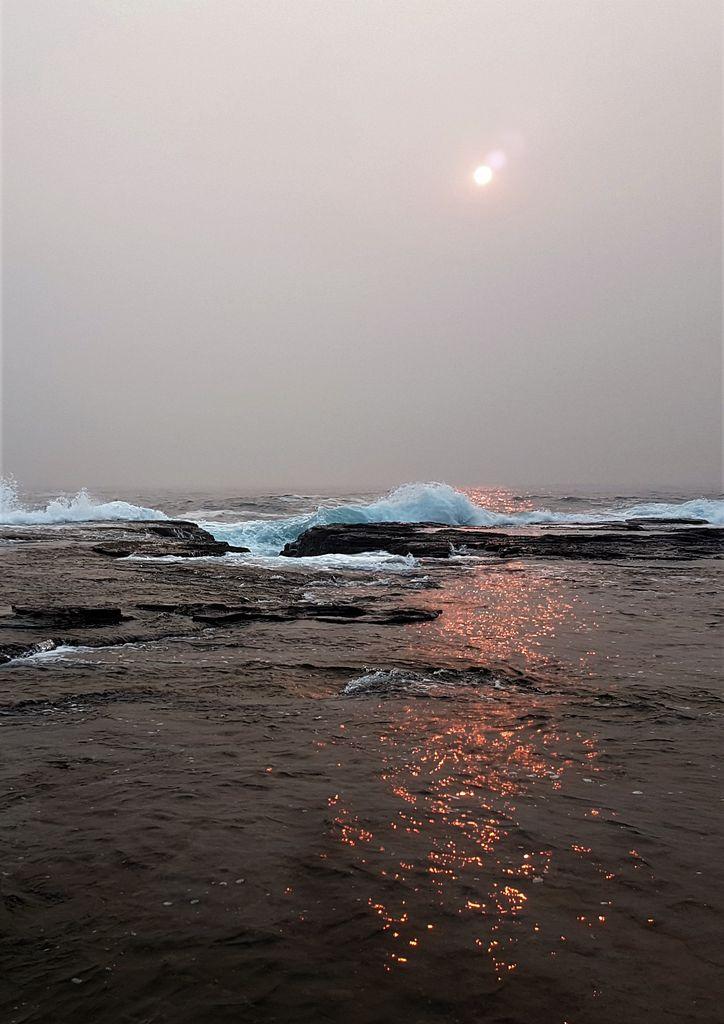
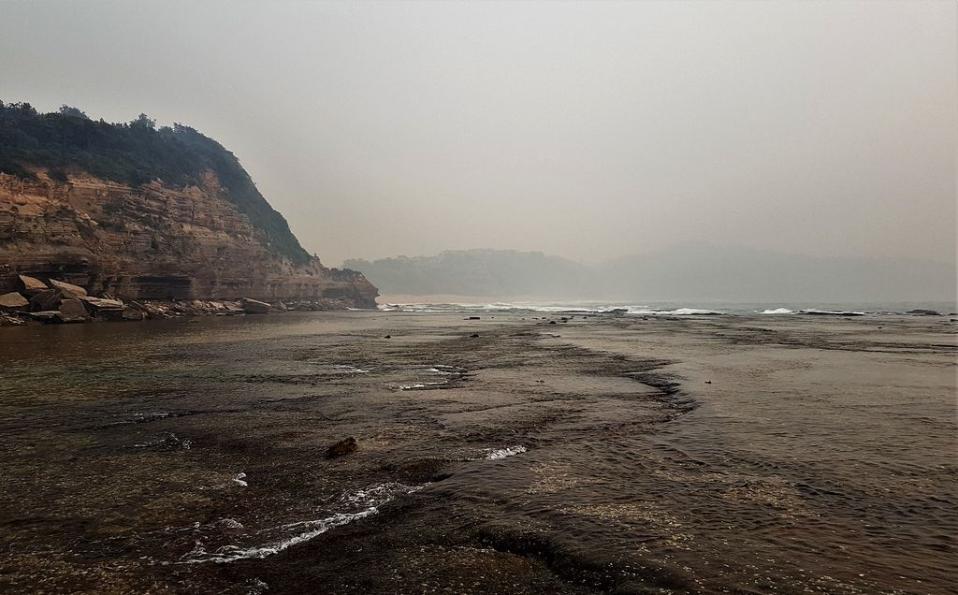
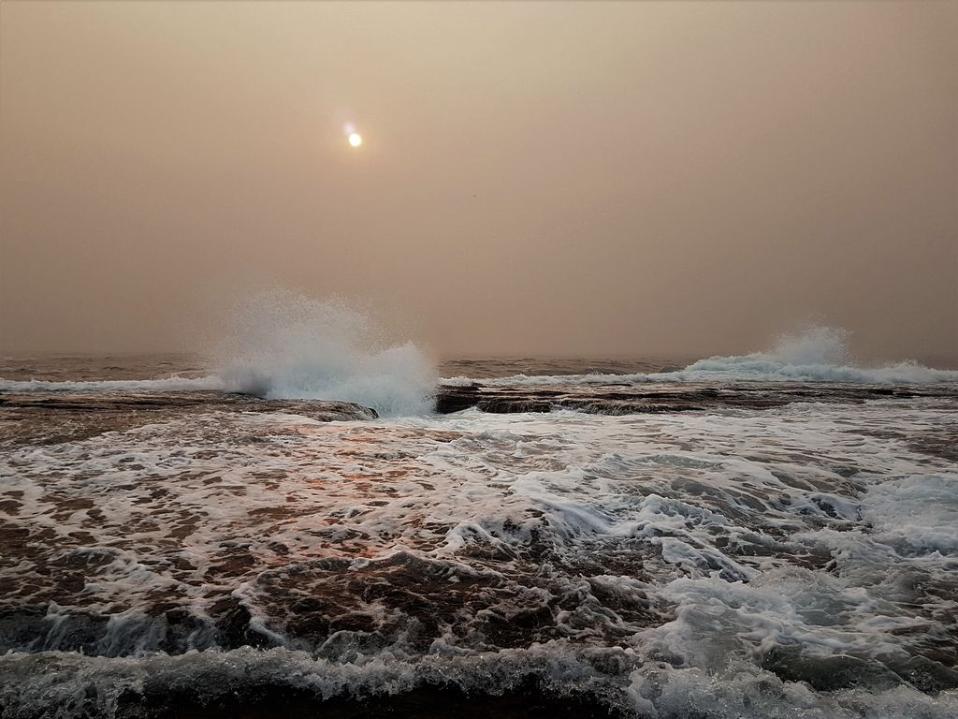
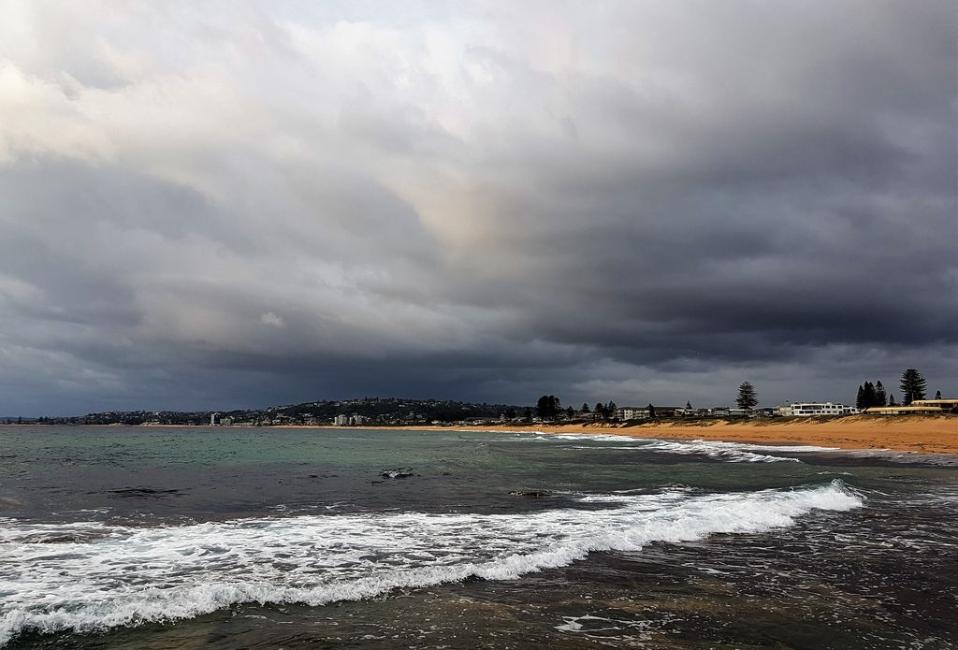
Impact Of Seismic Testing On Fisheries And The Marine Environment Inquiry
- the body of science and research into the use of seismic testing;
- the regulation of seismic testing in both Commonwealth and state waters;
- the approach taken to seismic testing internationally; and
- any other related matters.
Investors Managing More Than USD 37 Trillion In Assets Urge Governments To Step Up Climate Ambition
Marine Life Increasingly Threatened As The Ocean Loses Oxygen – IUCN Report
No Legal Basis For Australia’s Use Of Kyoto Credits
There is currently no legal basis for the ‘carryover’ of pre-2021 units from the Kyoto Protocol for use under the Paris Agreement. The Kyoto Protocol and Paris Agreement are separate treaties.Even within its own legal framework, the Kyoto Protocol does not permit the carryover of units or underlying reductions beyond the 2013-2020 second commitment period.
Most of the claimed ‘overachievement’ derives directly from the fact that Australia had substantial domestic deforestation emissions in 1990. It would be perverse to reward Australia in 2030 for the existence of large-scale deforestation that took place forty years earlier.So called ‘overachievement’ can also be said to come directly from Australia's decisions to allow itself an increase of 8% in its emissions in the first Kyoto commitment period compared to 1990 levels and a minimal 0.5% reduction for the second period. Having chosen far less ambitious targets than other countries Australia is now claiming to have ‘overachieved.’
Efforts to seek recognition under the Paris Agreement for these historical artefacts as ‘overachievement’, in an effort to minimize future mitigation efforts, would be antithetical to the goals and principles of the Paris Agreement, to which Australia has itself subscribed as a Party.Australia’s exploits to water down its climate action through loopholes would only encourage other countries to follow suit.Were Australia to succeed in using carryover credits in the way it has proposed it would reduce Australia’s 2030 target from 26% to only a 14.3% reduction below 2005 emissions levels using 2018 projections (the cut is even greater under 2019 projections)
Species Recoveries Bring Hope Amidst The Biodiversity Crisis - IUCN Red List
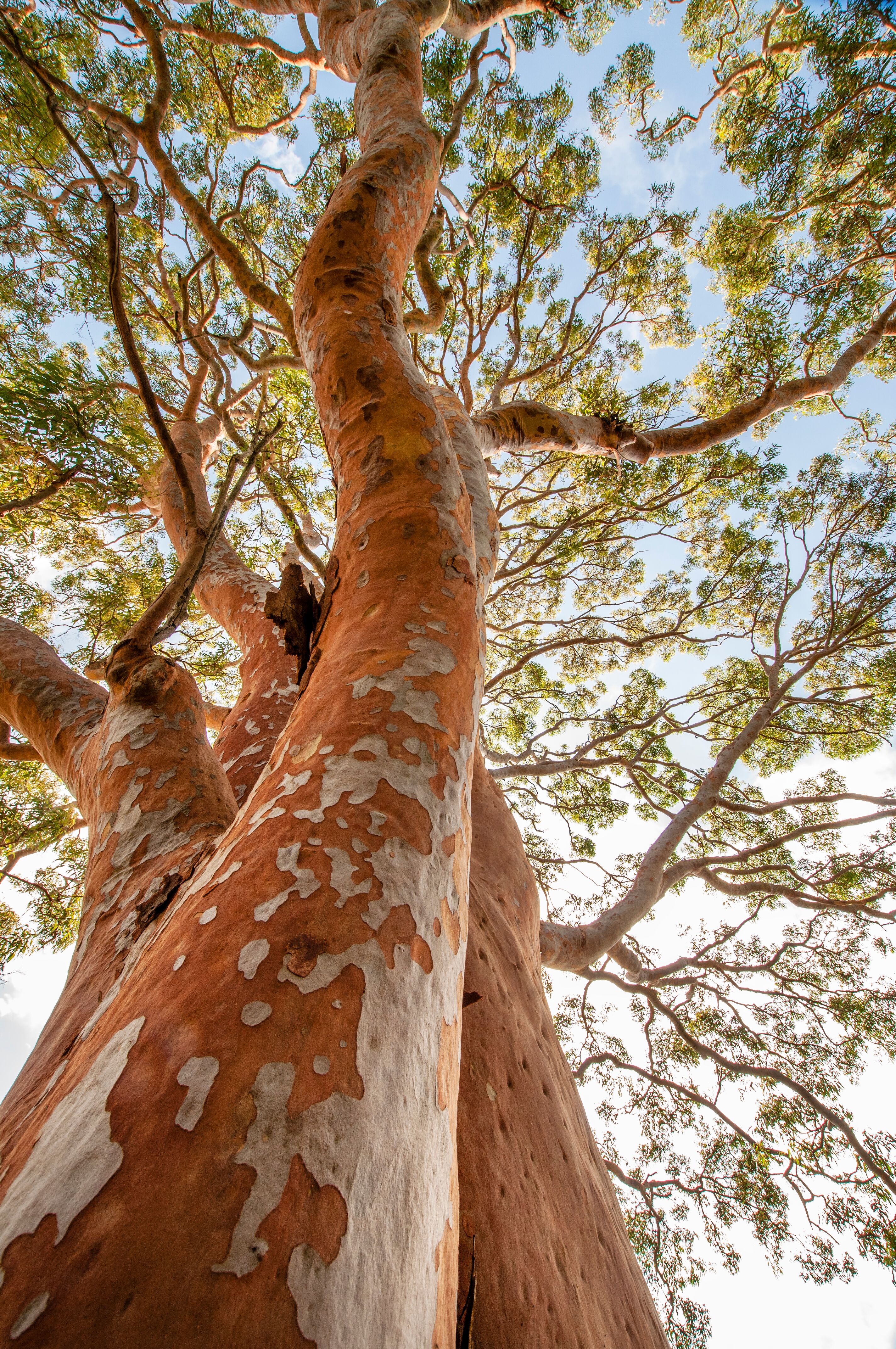
Bushcare In Pittwater
Where we work Which day What time
Avalon
Angophora Reserve 3rd Sunday 8:30 - 11:30am
Avalon Dunes 1st Sunday 8:30 - 11:30am
Avalon Golf Course 2nd Wednesday 3 - 5:30pm
Careel Creek 4th Saturday 8:30 - 11:30am
Toongari Reserve 3rd Saturday 9 - 12noon (8 - 11am in summer)
Bangalley Headland 2nd Sunday 9 to 12noon
Bayview
Winnererremy Bay 4th Sunday 9 to 12noon
Bilgola
North Bilgola Beach 3rd Monday 9 - 12noon
Algona Reserve 1st Saturday 9 - 12noon
Plateau Park 1st Friday 8:30 - 11:30am
Church Point
Browns Bay Reserve 1st Tuesday 9 - 12noon
McCarrs Creek Reserve Contact Bushcare Officer To be confirmed
Clareville
Old Wharf Reserve 3rd Saturday 8 - 11am
Elanora
Kundibah Reserve 4th Sunday 8:30 - 11:30am
 Mona Vale
Mona Vale Mona Vale Beach Basin 1st Saturday 8 - 11am
Mona Vale Dunes 2nd Saturday+3rd Thursday 8:30 - 11:30am
Newport
Bungan Beach 4th Sunday 9 - 12noon
Crescent Reserve 3rd Sunday 9 - 12noon
North Newport Beach 4th Saturday 8:30 - 11:30am
Porter Reserve 2nd Saturday 8 - 11am
North Narrabeen
Irrawong Reserve 2nd Saturday 2 - 5pm
Palm Beach
North Palm Beach Dunes 3rd Saturday 9 - 12noon
Scotland Island
Catherine Park 2nd Sunday 10 - 12:30pm
Elizabeth Park 1st Saturday 9 - 12noon
Pathilda Reserve 3rd Saturday 9 - 12noon
Warriewood
Warriewood Wetlands 1st Sunday 8:30 - 11:30am
Whale Beach
Norma Park 1st Friday 9 - 12noon
Western Foreshores
Coopers Point, Elvina Bay 2nd Sunday 10 - 1pm
Rocky Point, Elvina Bay 1st Monday 9 - 12noon
Grants Available To Reduce Climate Change Impacts
Aussie Bread Tags Collection Points

Ditch The Car To Improve Sydney’s Liveability
Vital Signs: Australia's Wafer-Thin Surplus Rests On A Mine Disaster In Brazil
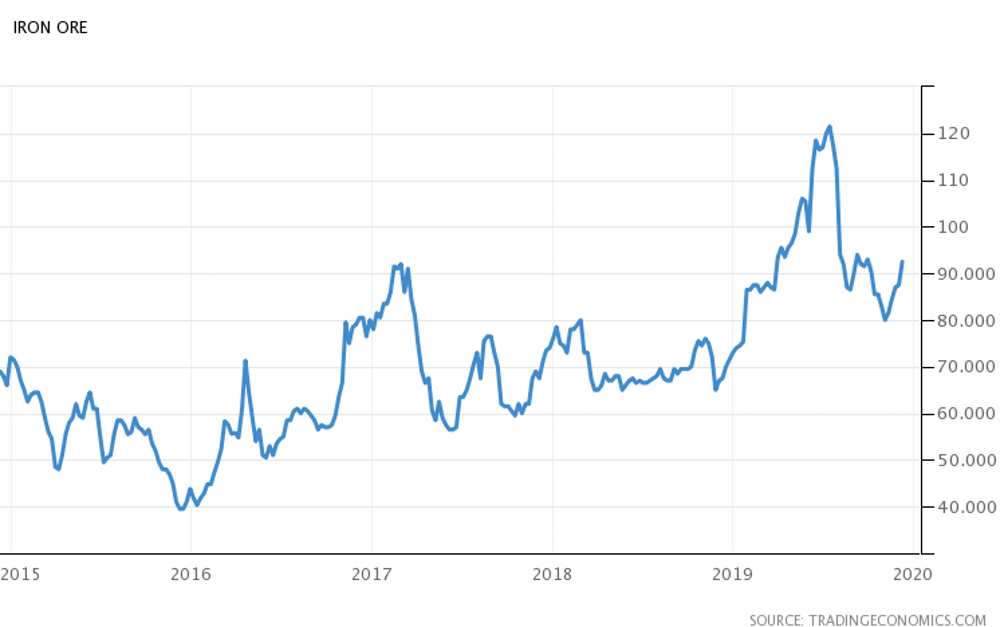
Spying On Hippos With Drones To Help Conservation Efforts
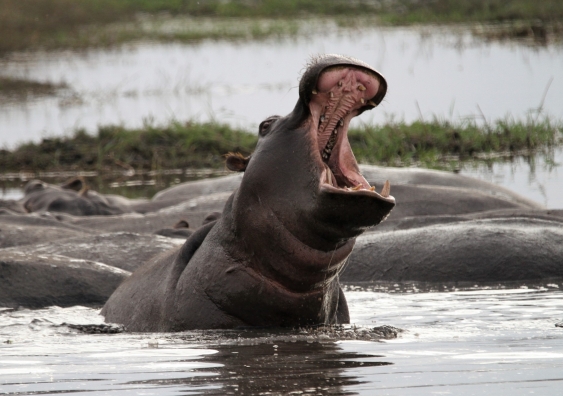
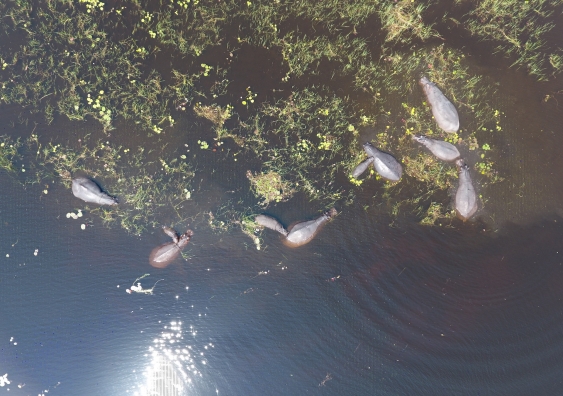
Dial-A-Frog - Researchers Develop The 'FrogPhone' To Remotely Call Frogs In The Wild
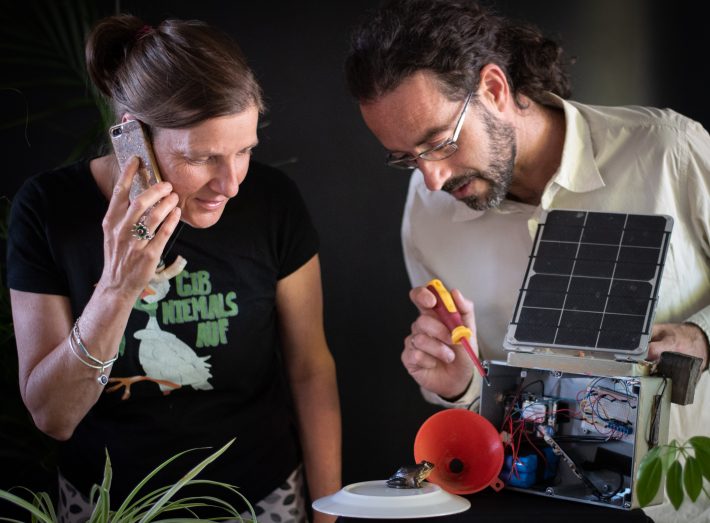
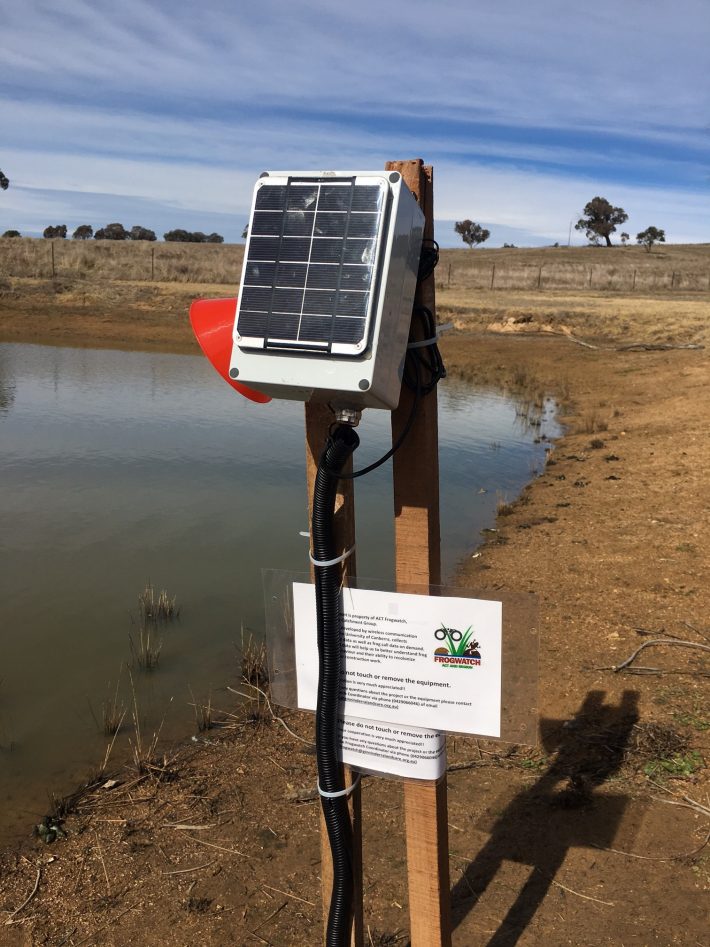
Ice In Motion: Satellites Capture Decades Of Change
When Penguins Ruled After Dinosaurs Died
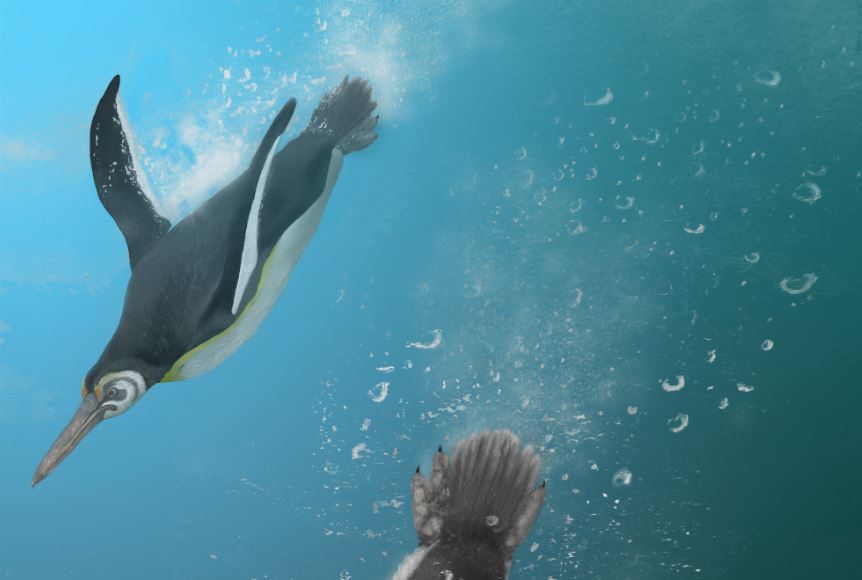
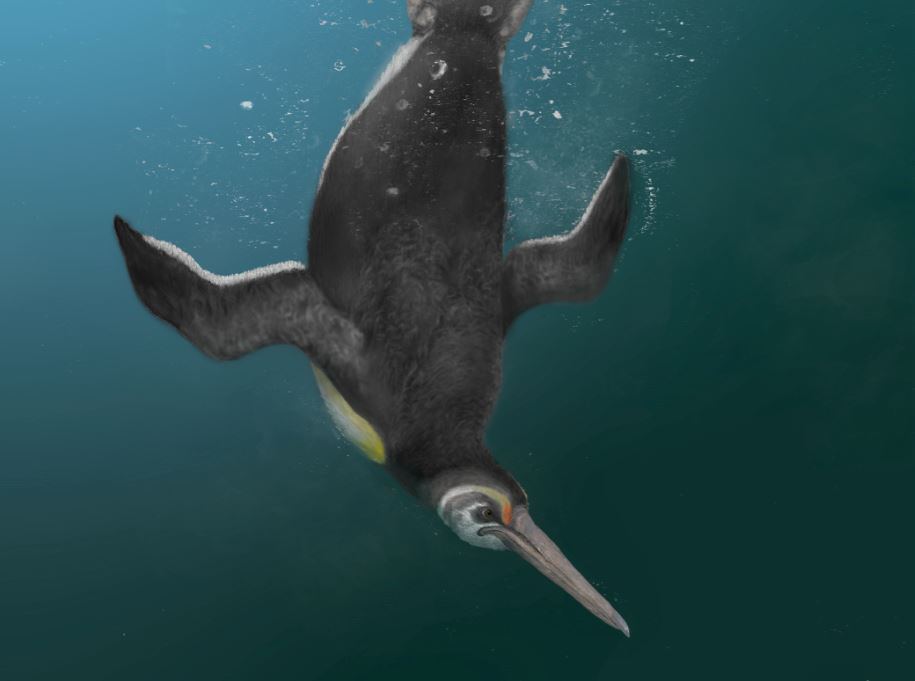
When Flowers Reached Australia
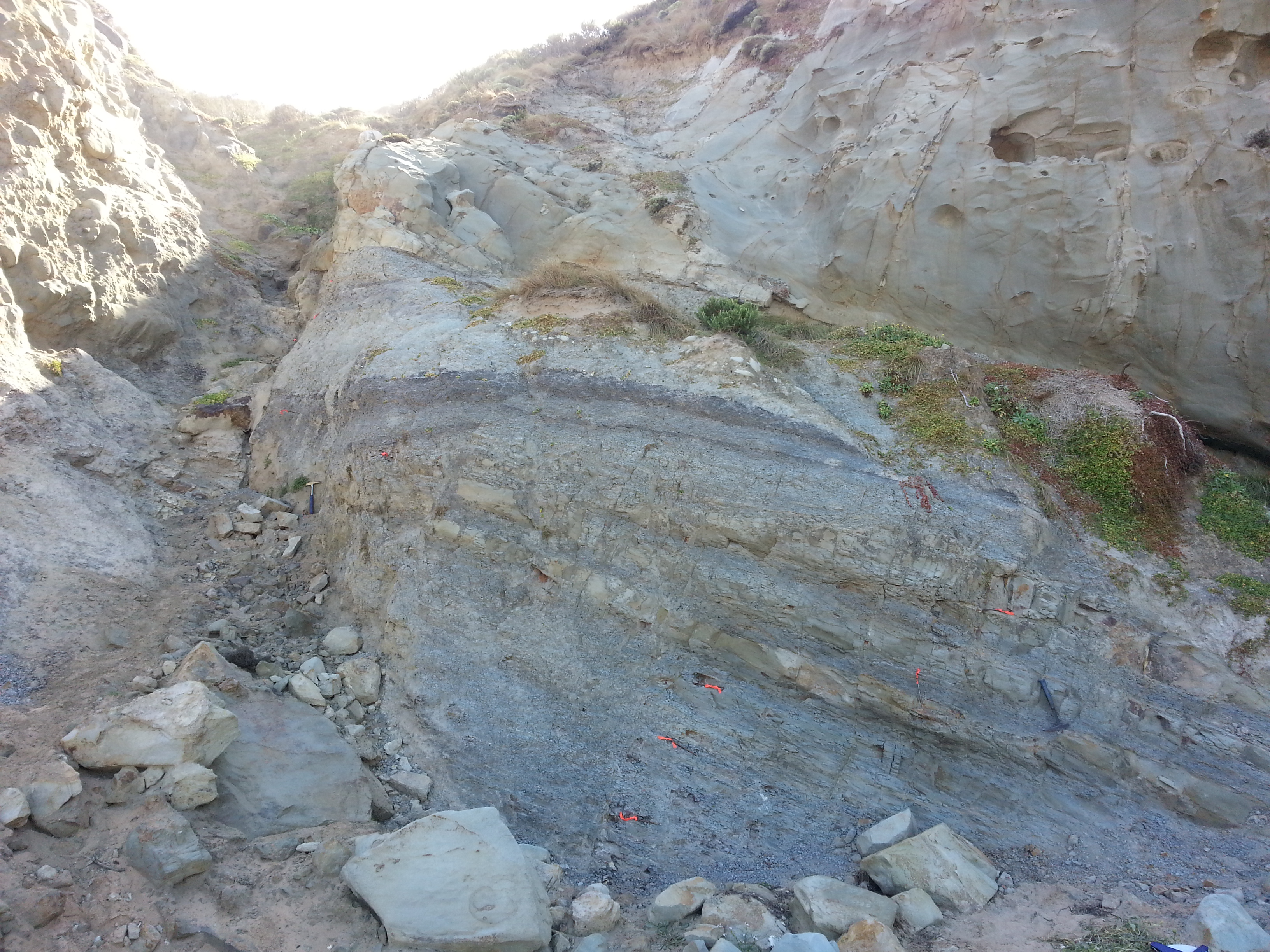
To save koalas from fire, we need to start putting their genetic material on ice
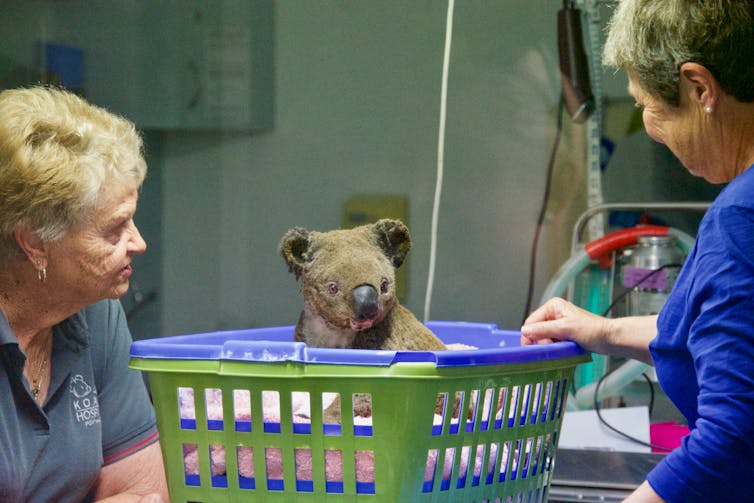
Thousands of koalas may have died in fires burning through New South Wales but expert evidence to a state parliamentary inquiry on Monday said we are unlikely to ever know the real numbers.
Unprecedented fires have burned through millions of hectares of forest, including koala habitat and rainforests untouched by fire for thousands of years.
Read more: It's only October, so what's with all these bushfires? New research explains it
The devastation won’t stop once the fires are out. Koala populations that survive the fires could be cut off from each other, lowering their genetic diversity and threatening their long-term survival.
To protect Australia’s iconic koalas we need to start freezing their genetic material. With more investment in the fast-developing field of cryogenics, koala hospitals could start taking samples from their patients, creating a vital lifeline for the species as a whole.
Koala-Threatening Fires Are Getting Worse
Fire seasons are starting earlier, lasting longer and becoming more intense, made worse by climate change.
This season, there is an above-average risk of serious fires across an extensive range of koala habitat on Australia’s east coast.
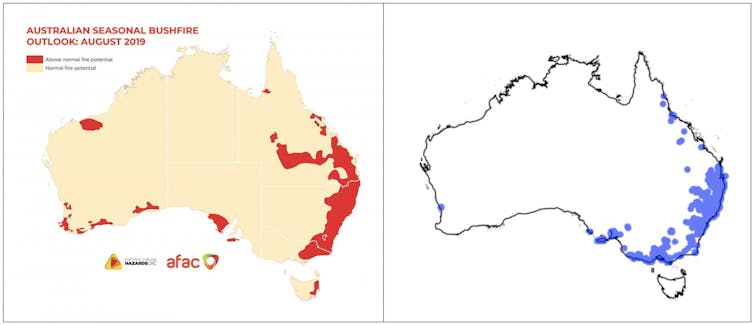
Experts at the NSW inquiry estimated about 2,000 koalas may have died in fires already this year, and the destruction of habitat means further population declines are inevitable. With areas not usually threatened by fires now at risk, we need new plans for future conservation.
Koalas are highly vulnerable to fire. The heat burns their paws and fur, and the superheated air can cause internal damage to their lungs. The canopy of eucalypt forests is their only refuge, but offers no protection during high-intensity bushfires.
Beyond this direct threat, when large numbers of koalas are killed or badly injured, the genetic diversity of their local populations shrinks.
Over the coming months, koalas will depend heavily on wildlife hospitals for rehabilitation and recovery after fires.
Small, fragmented groups of koalas living in habitat on the edge of urban areas, such as the coastal areas of Port Macquarie and Port Stephens, are particularly at risk.
Port Stephens experienced several fires in 2018 that burned thousands of hectares of koala habitat. This followed a similarly catastrophic fire season five years earlier.
If these events continue at the same rate – or, as predicted by climate modelling, become more intense and more frequent – we may lose sources of koala genetic diversity that cannot be replaced.
Read more: Koalas sniff out juicy leaves and break down eucalypt toxins – it's in their genome
Sudden reductions in population size can cause genetic bottlenecks that lead to inbreeding. Eventually this reduces reproductive fitness and makes extinction more probable.
Take, for example, a koala population like that of Port Macquarie, between 1,000 and 2,000 individuals. We estimate that losing 350 koalas from this group would increase inbreeding by 20-50%. It would take five to ten years for the population to recover, assuming no further fires in that time.
While many volunteers and professionals do fantastic work to help koalas survive fire, we have no strategy for safeguarding genetic diversity and reducing the risk of inbreeding.
But we can take a lesson from botanical gardens, which routinely freeze genetic material for seed banks. Freezing koala sperm, eggs and embryos could offer a way to preserve genetic diversity ahead of further population crashes.
Read more: It's fish on ice, as frozen zoos make a last-ditch attempt to prevent extinction
Artificial Reproduction Is In Its Infancy
Artificial reproduction for koalas – and marsupials generally – is developing quickly. Scientists have used freshly collected sperm to artificially inseminate zoo koalas, which resulted in the birth of live young.
However, the technology does not yet exist to freeze, store and then use koala sex cells. Components of this process do exist, but there is no complete system for marsupials.
If that capacity existed, koala hospitals could easily and inexpensively begin collecting genetic samples from their patients.
Although NSW has invested significantly in koala conservation in recent years, we argue that future funding should also support applied research to make this technology a reality for not only koalas but other marsupials.
Koalas and many other native species are exceptionally unprotected in this new era of record-breaking fires. We need to start planning and investing in long-term conservation solutions and new research-based technologies that provide a last line of defence against the possibility of permanent extinction.![]()
Ryan R. Witt, Conjoint Lecturer | Conservation Biology Research Group, University of Newcastle; Chad T. Beranek, PhD candidate, University of Newcastle; John Clulow, Associate Professor, University of Newcastle; John Rodger, Emeritus Professor, University of Newcastle & CEO FAUNA Research Alliance, University of Newcastle; Lachlan G. Howell, PhD Candidate | Conservation Biology Research Group, University of Newcastle, and Robert Scanlon, PhD Candidate in Restoration Ecology, University of Newcastle
This article is republished from The Conversation under a Creative Commons license. Read the original article.
Disclaimer: These articles are not intended to provide medical advice, diagnosis or treatment. Views expressed here do not necessarily reflect those of Pittwater Online News or its staff.